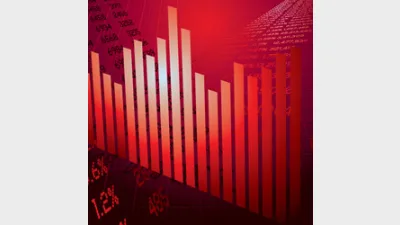ETF issuers take advantage of yield search



Exchange-traded fund (ETF) issuers are taking advantage of the current search for yield, Lonsec general manager Michael Elsworth has warned.
Elsworth said investors needed to be aware of what they were really gaining exposure to when investing in ETFs.
High-yield ETFs could have very different asset classes or sectors underpinning the investment, which could greatly affect an investor's return prospects at different times in the cycle.
Lonsec compared ETFs from iShares, Russell, SPDR and Vanguard and found that the portfolio of stocks held by each high-dividend ETF varied significantly at specific points in time, despite being listed in the same category.
Elsworth said the Russell, SPDR and Vanguard funds had in excess of 40 per cent exposure to the financials ex-property trust sector.
He said iShares top 10 holdings were noticeably different to the other three ETFs and had lower exposure to financials.
The iShares sector cap was also 20 per cent lower than the other high-dividend ETFs, which showed greater diversification and a skew to smaller cap stocks.
"The comparison illustrates there are subtle but important differences between ETFs, and the nature of each fund's underlying investment - such as equities, debt or hybrid securities - means returns have the potential to be vastly different.
"Investors requiring greater certainty from income distributions could consider sacrificing some yield and investing in potentially less volatile fixed income funds," Elsworth said.
Recommended for you
Ethical super fund Australian Ethical has announced the appointment of Anthony Lane as chief operating officer.
The structural shift towards active ETFs will reshape the asset management industry, according to McKinsey, and financial advisers will be a key group for managers to focus their distribution.
ASIC has warned that practices across the $200 billion private credit market are inconsistent and, in some cases, require serious improvement.
A surge in electricity prices has driven the monthly Consumer Price Index to its highest level in a year, exceeding forecasts.










